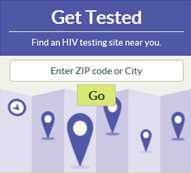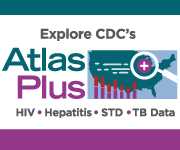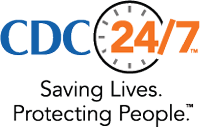Preventive Services Covered Without Cost-Sharing
What is new?
Many recommended HIV/AIDS, viral hepatitis, STD, and TB preventive services are available without cost-sharing to individuals with new private health plans, Medicaid expansion plans, or Medicare.
Most health plans (including Medicaid expansion plans) must cover a set of prevention services—like immunizations and screening tests—at no cost to the beneficiary, as long as the services are delivered by a doctor or other provider in the plan’s network. Visit Preventive health services | HealthCare.gov for additional information.
The preventive services covered without cost-sharing those that are recommended by the following sources:
- USPSTF “A” and “B” Recommendations
- ACIP Vaccine Recommendations
- Recommendations for Preventive Pediatric Health Care
- Women’s Preventive Services Guidelines: Affordable Care Act Expands Prevention Coverage for Women’s Health and Well-Being

Private plans that existed on March 23, 2010 are considered “grandfathered” and are exempt from this requirement. However, as grandfathered plans make certain major changes (such as eliminating benefits or making sizable changes to cost-sharing or employer contributions), they lose their “grandfathered” status and must begin to cover these preventive services as all other non-grandfathered health insurance plans are required to do. 1
Medicare-covered preventive services that have a Grade “A” or “B” recommendation by the USPSTF are covered without cost-sharing for beneficiaries when delivered by a doctor or other health care provider who accepts Medicare assignment. 2
States have the opportunity to cover specified preventive services at no cost to standard Medicaid adult enrollees in exchange for an increase in federal matching payments. 3
What are the implications?
More at-risk individuals will have coverage, without cost-sharing, for many HIV/AIDS, viral hepatitis, STD, and TB preventive services.
How might health departments respond?
1) Increase awareness of the HIV/AIDS, viral hepatitis, STD, and TB preventive services available without cost-sharing.
Be familiar with the preventive services relevant to your program.
- HIV/AIDS, Viral Hepatitis, STD, and TB Preventive Services Covered Without Cost-Sharing
- TB Programs: PLEASE NOTE NEW USPSTF RECOMMENDATION – Latent Tuberculosis Screening
Final Update Summary: Latent Tuberculosis Infection: Screening – US Preventive Services Task Force- CDC Resources: CDC | TB | Latent Tuberculosis Infection Resources
Disseminate the list of preventive services to the general public, health care providers, and program collaborators.
- HIV/AIDS, Viral Hepatitis, STD, and TB Preventive Services Covered Without Cost-Sharing
- CDC Prevention Checklist
2) Promote utilization of clinical preventive services.
Encourage individuals and families to take full advantage of their preventive service benefits, where applicable.
- What if I have a grandfathered health insurance plan? – As above, “grandfathered” private plans are exempt from the requirement to cover preventive services without cost-sharing.
- Common coverage questions
- Consumer Assistance Program – Contact information for state-based Consumer Assistance Programs and/or State Insurance Departments
Communicate to providers the importance of offering these preventive services to their patients.
Use morbidity statistics to target service delivery interventions to populations disproportionately burdened by disease.
- NCHHSTP’s ATLAS – An interactive platform for accessing data collected by CDC’s National Center for HIV/AIDS, Viral Hepatitis, STD, and TB Prevention (NCHHSTP)
References
1Patient Protection and Affordable Care Act, Pub. L. No. 111-148, §1001, 124 Stat. 119, 131-132(2010).
2Medicaid and Children’s Health Insurance Programs: Essential Health Benefits in Alternative Benefit Plans, Eligibility Notices, Fair Hearing and Appeal Processes, and Premiums and Cost Sharing; Exchanges: Eligibility and Enrollment; Final Rule. Centers for Medicare & Medicaid Services. 78 Fed. Reg. 42159, 42224.
3Protection and Affordable Care Act, Pub. L. No. 111-148, §4106, 124 Stat. 125, 559-560(2010).
- Page last reviewed: December 23, 2016
- Page last updated: December 23, 2016
- Content source:


 ShareCompartir
ShareCompartir


